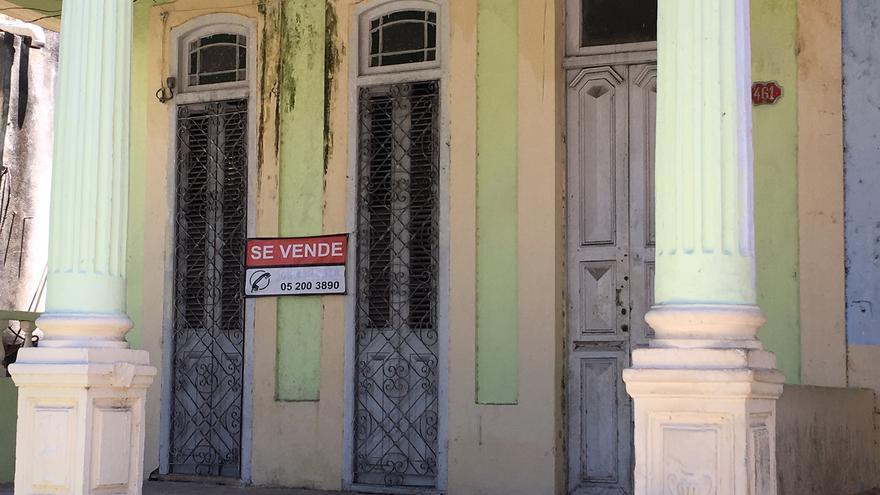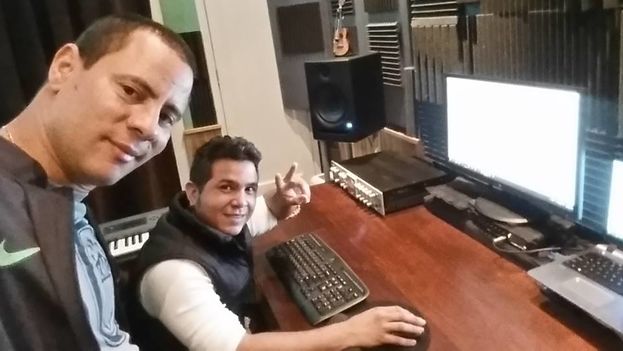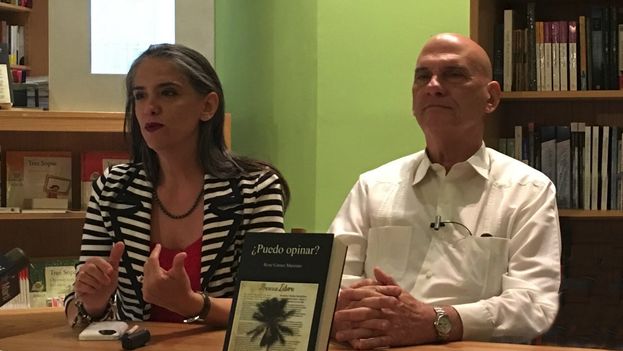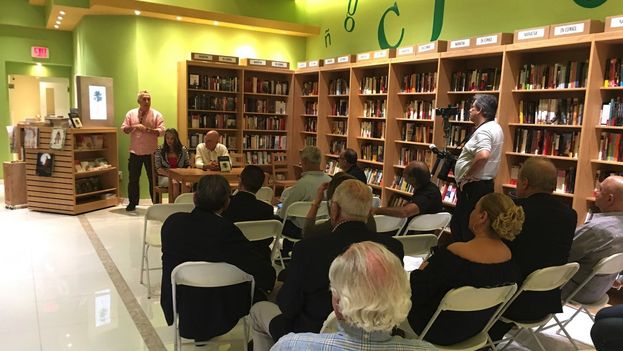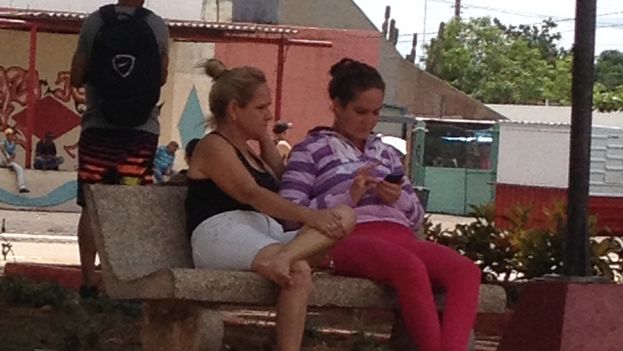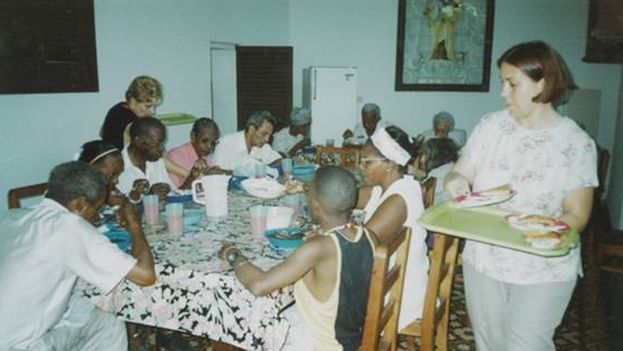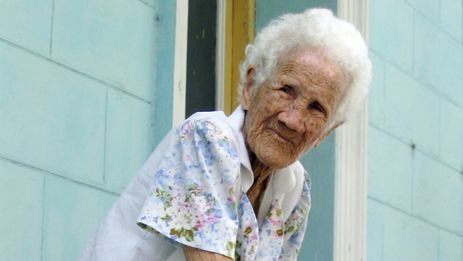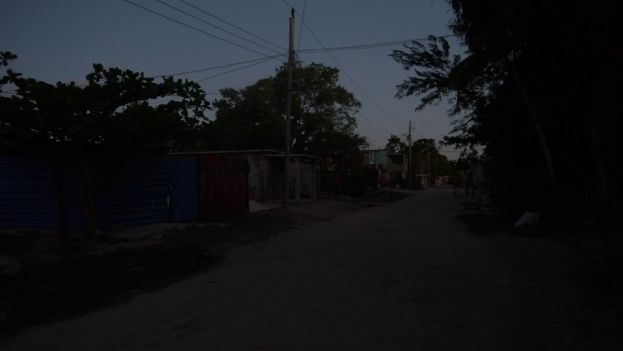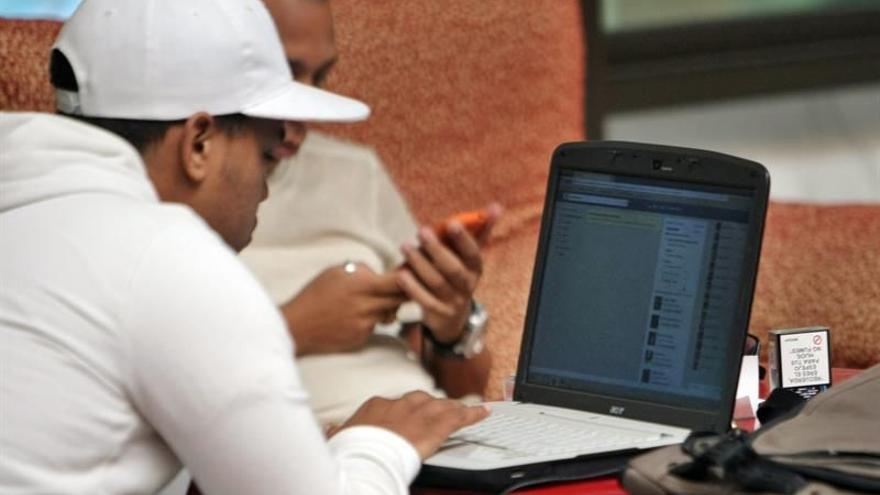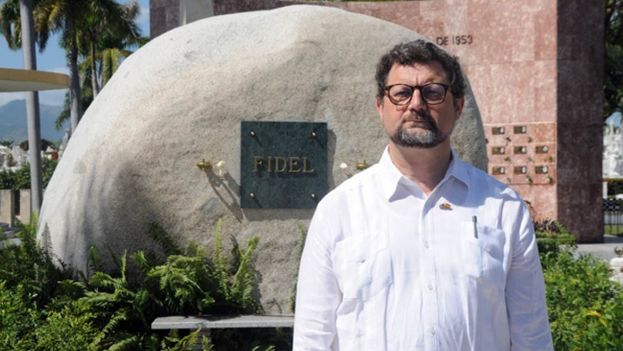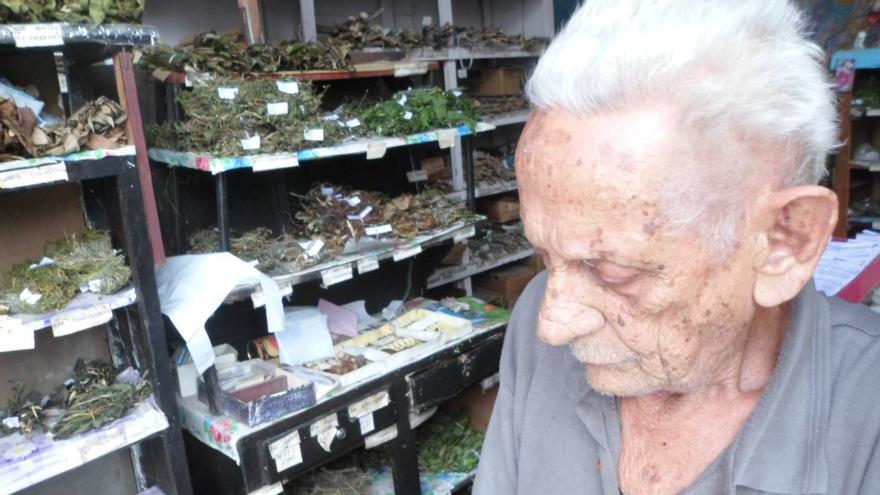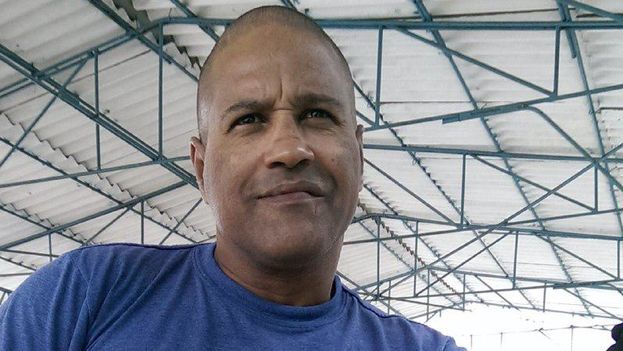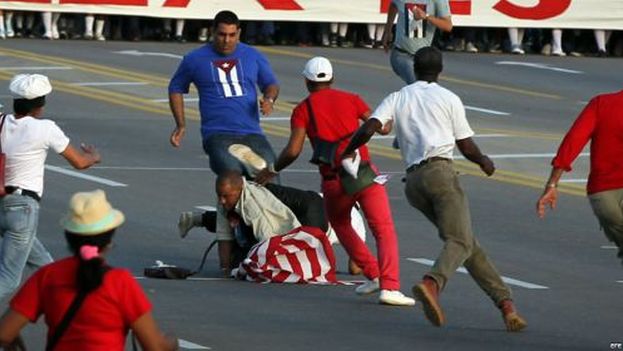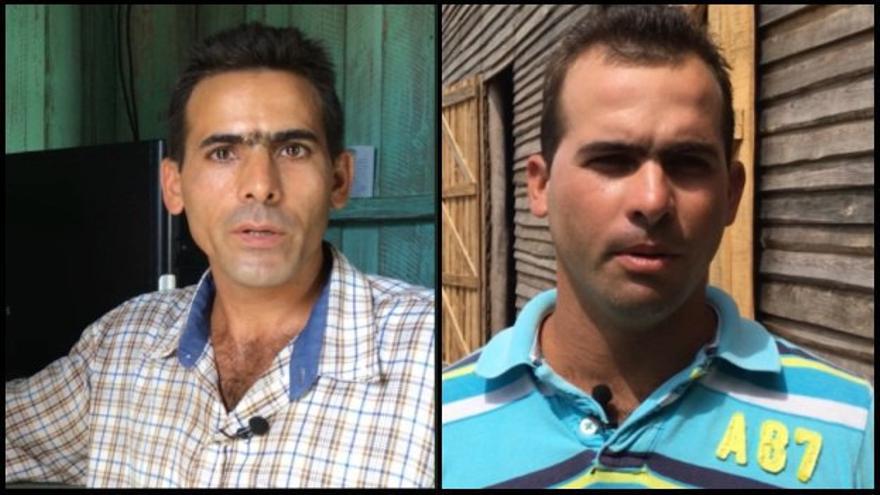
![]() 14ymedio – Authorities prevented two farmers from the municipality of San Juan y Martínez, in Pinar del Río province, from traveling to Miami on Friday. The two were scheduled to participate in a conference sponsored by the Center for Coexistence Studies (CEC) scheduled for this weekend. The Directorate of Immigration and Alien Affairs claimed that both are “restricted” and not allowed to leave the country, according to 14ymedio.
14ymedio – Authorities prevented two farmers from the municipality of San Juan y Martínez, in Pinar del Río province, from traveling to Miami on Friday. The two were scheduled to participate in a conference sponsored by the Center for Coexistence Studies (CEC) scheduled for this weekend. The Directorate of Immigration and Alien Affairs claimed that both are “restricted” and not allowed to leave the country, according to 14ymedio.
The two brothers received a visit from two uniformed State Security officers last Friday night. The officers, identified as Orestes and Major Joaquín, warned both men that they would not be able to travel to Florida because the event to which they were invited was “not approved by the [Cuban] government.” continue reading
In spite of the warning, the brothers decided to go to José Martí International Airport in Havana anyway, where they tried to board the plane. “We asked the officers to show us some documentation that said we were prohibited from leaving the country. But since they told us they didn’t have any, we decided to exercise our rights,” said Alfredo Pérez González.
“At the airport they told us that National Identification System records indicated we are restricted,” adds Pérez González, but “they didn’t provide any reason for this restriction.” The authorities confiscated the brothers’ tickets after they had already checked in at the American Airlines counter.
The two men have stated they will file a lawsuit demanding explanations for the travel ban, especially since neither of them has a criminal record or is currently under criminal investigation.
“Major Joaquín told us yesterday that they were informing us that our exit visas were being denied so that afterwards we could not publicly claim we had not been warned,” says Alfredo Pérez González.
The farmer says this is the first time something like this has happened to them. Both brothers had planned to give a presentation at the CEC conference on their work at La Isleña, the family farm they run at San Juan y Martínez, where they grow everything from tobacco to vegetables to flowers.
After being prevented from traveling, Alfredo and Ariel Pérez were arrested, handcuffed and taken to a police station while agents went to their house. Major Joaquín — the same one who had previously dealt with them — told them that the act of going to the airport in spite of the travel ban was taken as a provocation.
At this weekend’s CEC event, which was labeled “counterrevolutionary” by the police, the two topics to be discussed are agriculture and the press.
The director of CEC, Dagoberto Valdés, also had difficulties traveling to Miami on the scheduled date. He could not board his plane last Wednesday because he was “restricted.” However, after filing a complaint, he was allowed to leave for the United States two days later.
The travel ban, along with arbitrary arrests, threats and confiscation of work-related assets, has become another one of the government’s tools of repression according to independent organizations such as the Cuban Commission for Human Rights and National Reconciliation.
The Travel and Migration Reform that went into effect in January 2013 resulted in a broad presence of Cuban dissidents in international meetings and forums. Over time, a growing number of government opponents have faced restrictions on their ability to travel in response to the invitations they have received and accepted.
Police kidnappings on route to the airport, exit visa “regulations”, legal cases that prevent activists from leaving the country and threats of reprisals for “misbehaving” while abroad are some of the pressures reported by activists who have tried to travel overseas.
__________________
The 14ymedio team is committed to serious journalism that reflects the reality of deep Cuba. Thank you for joining us on this long road. We invite you to continue supporting us, but this time by becoming a member of 14ymedio. Together we can continue to transform journalism in Cuba.

